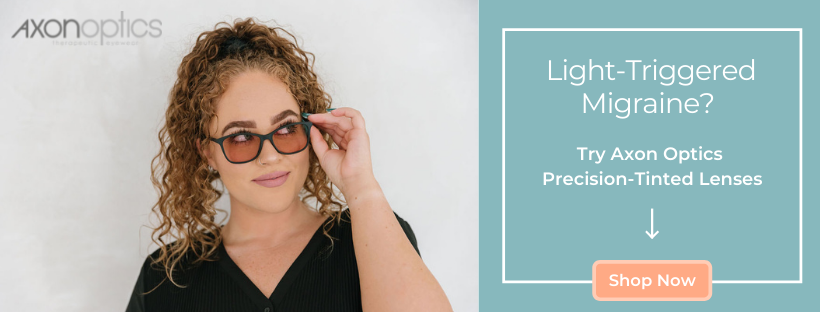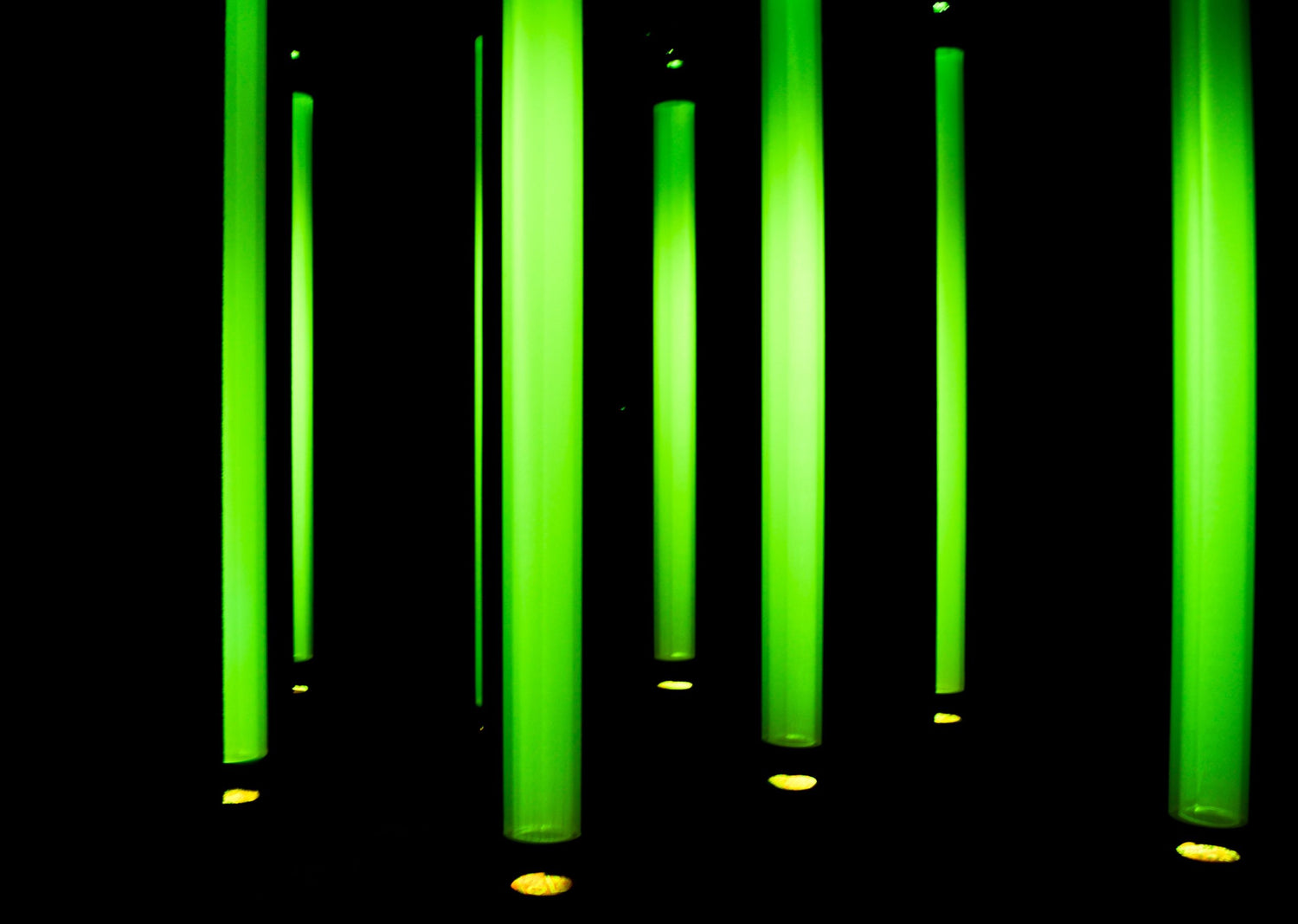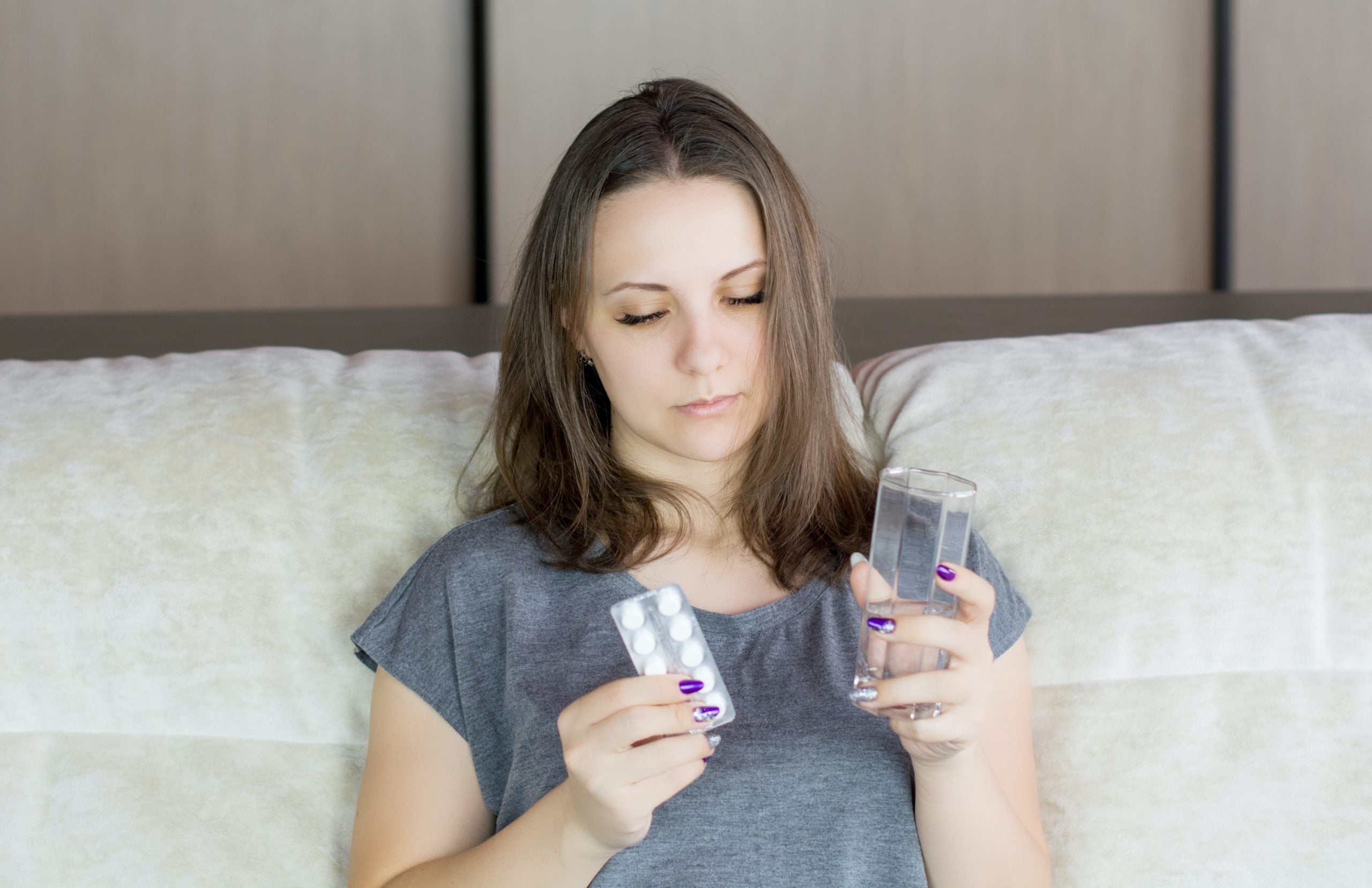For years, there has been a well-documented connection between migraine and light sensitivity. As a migraine patient, you probably have first-hand experience with this connection. You may have spent hours or even days in a dark room, with the lights off and blinds drawn fighting a migraine.
So when someone says that light — no matter what kind — could actually help you feel better, you may immediately dismiss it. But don’t be too hasty in forming an opinion. There is some research to suggest that using green light for migraines could actually reduce their intensity.
This article will dive into what green light therapy is. We’ll explore what green light could actually do for your migraine attacks and what research says about it. We’ll even give you some ideas on how you could put green light for migraines to use.
What is Green Light Therapy, Anyway?
Green light therapy is pretty much what it sounds like. It’s the practice of using a narrow band of green light in an attempt to ease the symptoms of migraine. To understand why this is a thing, you might need a little background information.

How the Eye Responds to Green Light
When your eyes are exposed to any type of light, that light produces electrical signals in the cells of the retina, located in the back of your eye. It also elicits a reaction in the cortex of the brain. Researchers have discovered that different types of light generate a different response.
For example, the blue light produced by fluorescent light fixtures, digital screens, and other sources produces a very high response in those cells. On the other hand, green light produces the least drastic response of any other type of light. Thus, researchers began to study whether green light could actually be helpful for people with migraine and photophobia.
Green Light for Migraine is Very Specific
To use green light therapy, you can’t just get any green light bulb and plug it in. You need a specific band of pure green light, as revealed by research at Harvard University.
For maximum benefit from green light therapy for migraines, you need to expose yourself to this green light while simultaneously filtering out the other types of light (such as blue and amber).
But let’s find out if it really works.
Can Green Light Reduce Migraine Symptoms?
The answer may be yes.
In a 2016 study, nearly 80 percent of participants experienced an elevation of their migraine headache symptoms under every other type of light except for a specific band of green.
But perhaps the most interesting finding of this study is that 20 percent of participants actually experienced pain reduction when exposed to this green light.
Researchers proposed that filtering out all other types of light while exposing migraine patients to this narrow band of green light at a low intensity may reduce migraine and photophobia symptoms.
The Effects of Green Light for Migraine May Last
Another study analyzed green light and its effects on neuropathic pain in rats.
In this 2017 study, rats were divided into 3 groups:
- One group was surrounded by pure green light
- Another group was exposed to ambient room lighting while wearing contact lenses that allowed only the green light through
- The third group wore contact lenses that blocked the green light
All 3 groups were observed for their response:
- The rats who were exposed to green light appeared to receive benefits for 4 days after their last exposure
- The rats who wore green-light-blocking contacts received no benefit at all
No side effects were noted in any of the groups.
Green Light for Migraines May Reduce Headache Days

The 2020 study included 29 human patients who had been treated unsuccessfully with multiple traditional migraine therapies. In this study, green light exposure was administered to them in specific frequency and intensity, with specific exposure time and methods.
The results were impressive. Overall, headache days per month were reduced by an approximate average of 60%. Most patients experienced a reduction of over 50%.
Given a pain scale of 0 to 10, patients reported an average decrease from 8 to 3.2. The green light therapy for migraines also resulted in a shorter headache duration.
The study also found that patients were better able to sleep, exercise, do chores, and perform work. There were no reported side effects. At the end of the study, when offered the chance to keep the light that was used, only one person declined.
How Green Light May Affect Pain
Exactly how green light makes people feel better is a subject of ongoing study. It is still being tested for efficacy on chronic pain.
However, there is a documented neuronal connection between the retina and the spinal cord. This connection passes through pain control centers in the brain, and may explain the correlation between light wavelengths and pain.
Green light impacts serotonin levels. It also has an effect on the body’s innate pain-relieving system, called the endogenous opioid system. It’s been discovered that with green light, the endogenous opioid receptors can increase their pain-relieving production.
In animals, researchers have also observed a 3x increase in enkephalins — molecules that produce natural pain relief — with green light exposure.
How to Test Green Light on Yourself
Despite the promising studies done thus far, green light for migraines isn’t as widely known as many other therapies. There are several ways you can test green light therapy on yourself.
Green Glasses
Green light glasses are purported to increase exposure to green light. However, as stated earlier in this article, to be therapeutic, the band of green light must be pure and specific. Just because glasses have green lenses doesn’t mean they’ll provide the right band of light.
Plus, green glasses aren’t designed to block the offending light the way other glasses, like Axon Optics, are designed to do. The color of the lenses can also be pretty obnoxious, if that’s a concern for you.
Migraine Glasses

A lot of other migraine glasses either don’t block enough of the offending light, or they block the good green light along with the bad. When you’re shopping for migraine glasses, make sure the glasses you’re considering block the bad light and let in the good.
Unlike green lamps, green glasses, or other brands of migraine glasses, Axon Optics lenses block the light that causes the problem (namely blue and amber). But they do so while letting the soothing green light pass through.
Green Lamps
Green light therapy lamps are available, but be careful about where you buy them.
Just because a lamp is colored green doesn’t mean it emits the right band of light. And although green lamps and light bulbs are easy to find online, it’s still tough to know what you’re getting. Most of them aren’t the real deal.
If you want to try a green lamp, we recommend the Allay Lamp. It emits precisely the right band of pure, calming green light revealed by Harvard University research to be helpful for migraine attacks.
Like green glasses, even a lamp like Allay that emits the right band of green light doesn’t filter out the light that triggers migraines or light sensitivity. For the best of both worlds, consider using an Allay lamp and wearing our glasses at the same time.
Summing Up Green Light for Migraines
Are you sensing a theme here? It’s important to note that while green light may in fact be helpful, there is substantial research that supports using it while also blocking all other types of light.
So just getting a green lamp or green glasses — even if they give you the right band of green — may not be enough to help you on their own.
Stay tuned as more research is released about the potential benefits of green light on light sensitivity and migraine headaches. We’ll keep you posted.






